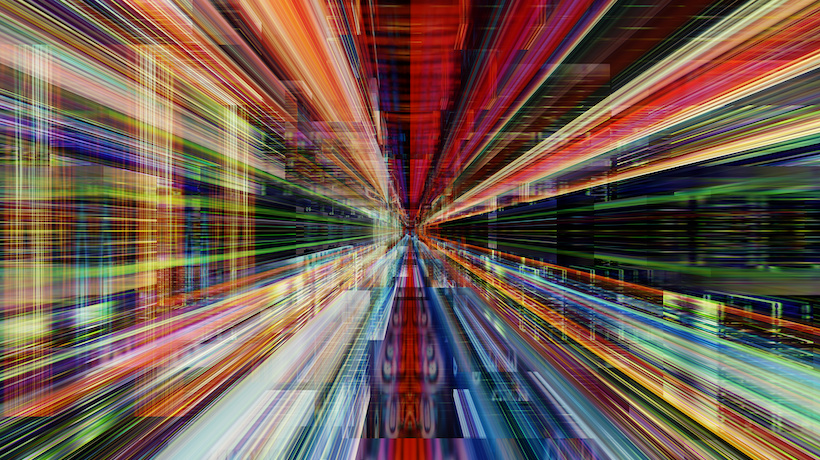What is the Fourth Industrial Revolution (4IR)?
The World Economic Forum describes 4IR as the “advent of ‘cyber-physical systems’ involving entirely new capabilities for people and machines.” It’s where social, political, cultural, and economic challenges and opportunities come together to power digital connectivity.
Like the Third Industrial Revolution of the late 1900s, 4IR is fueled by transformative technologies. In 4IR, technology is blurring the line between the physical and digital using connectivity, automation, and intelligence.
City leaders can explore all the technologies empowering 4IR at the Smart City Expo World Congress (SCEWC) 2019 on 19-21 November in Barcelona, Spain.
But, right now, let’s focus on three.
Sensors & devices
Sensors and other connected devices capture the changing world, but they aren’t new technology, per se. For example, the thermometer has been helping save lives since the First Industrial Revolution.
What sets sensors apart in 4IR is how they link the physical and digital worlds. Connected to IoT, sensors and other connected devices facilitate the flow of critical information and enable digital access to physical events and properties – from alarms to traffic flows and air quality.
When a city leverages all the sensors and connected devices at its disposal, it can enhance situational awareness and improve emergency response, thereby increasing the safety of its citizens, infrastructure, economy, and reputation.
Real-time data integration
Speaking of sensors and connected devices, IDC forecasts IoT devices will generate 79.4 zettabytes of data by 2025. If you’re mathematically challenged (like me), that’s 79,400,000,000,000,000 megabytes of data.
The increase in data can offer cities more insight than ever before. But data is only a force multiplier when collaboration and connectivity are priorities among organizations and industries.
In 4IR, governments use data to improve city services, leveraging powerful, lightweight data integration platforms for optimal situational awareness, streamlined workflows, and automation.
Artificial intelligence
It’s an incredible marvel – we can program computers to reason, discover, and learn with proficiency and accuracy. That ability, driven by artificial intelligence (AI) and machine learning, gives cities a power it’s never had before: the ability to harness massive volumes of complex data.
Once an emerging, disruptive technology, AI is now a standard component of many 4IR technologies, providing automated decisions and empowering faster reaction times with less human input. As Frost & Sullivan Analyst Jason Reed said, “AI can detect, respond, and mitigate emerging threats without the need for human interaction.”
Because sensors and devices are producing more data than ever before, smart cities need solutions that can ingest and make use of data from multiple sources simultaneously. That’s where AI comes in.
The data integration platforms mentioned above use AI to quickly analyze data from a variety of sources and provide everyone, from frontline staff to city leaders to citizens, with immediate actionable intelligence.
Now is the time for city leaders to plan for technology innovations, starting with broad, meaningful conversations with city stakeholders, community officials, smart city thought leaders, and vendors.
Begin your 4IR Journey
Begin your #4IR journey at SCEWC 2019. Learn more about the technologies you’ll see at the show and register today.















